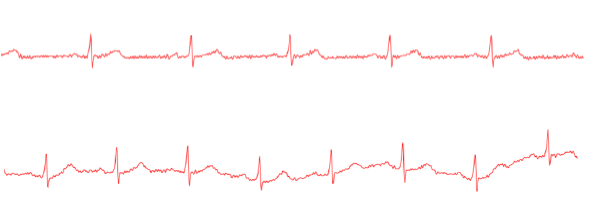**这是本文档旧的修订版!**
Wearable device - Ring Prototype
Definition
A wearable device is a technology that is worn on the human body. This type of device has become a more common part of the tech world as companies have started to evolve more types of devices that are small enough to wear and that include powerful sensor technologies that can collect and deliver information about their surroundings.
Motivation
Global health-care system is struggling with aging population, prevalence of chronic diseases and the accompanying rising costs. For early prediction and treatment of major diseases, acquisition of health-related information by unobtrusive sensing and wearable technologies is considered as a cornerstone in health informatics.
Function
This wearable device can continuously measure, transmit and display vital physiological signals like,
- Heart rate (HR)
- Blood oxygen saturation (SpO2)
- Respiration
- Blood pressure
System Overview
Modules
Arduino
The hardware consists of a simple open hardware design for the Arduino board with an ATMel AVR processor and on-board I/O support. The software consists of a standard programming language and the boot loader that runs on the board. Arduino hardware is programmed using a Wiring-based language which is similar to C++ with some simplifications and modifications, and a Processing-based IDE.
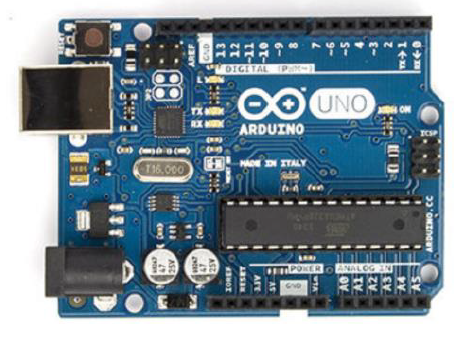
The MAX30102 is an integrated pulse oximetry and heart-rate monitor biosensor module. It includes internal LEDs, photodetectors, optical elements, and low-noise electronics with ambient light rejection. The MAX30102 provides a complete system solution to ease the design-in process for mobile and wearable devices.
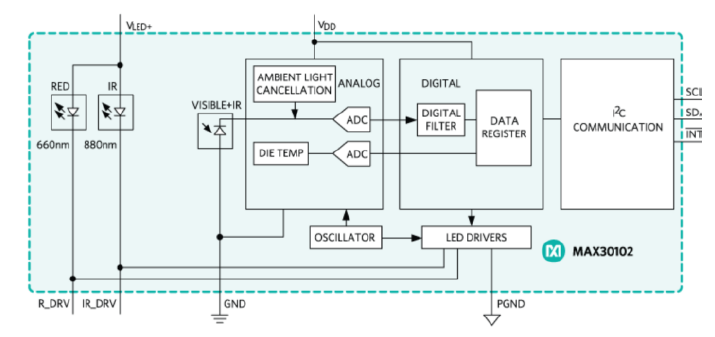
PPG sensor - MAX30102
Photoplethysmographic (PPG) sensing, which involves a light-source to emit light into tissue and a photo-detector to collect light reflected from or transmitted through the tissue, has been widely used for the measurement of many vital signs, such as SpO2 , heart rate, respiration rate, and BP. The signal measured by this method represents the pulsatile blood volume changes of peripheral microvasculature induced by pressure pulse within each cardiac cycle.
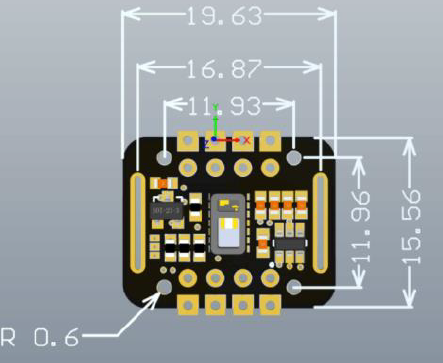
ECG sensor - AD8232
The electrocardiogram (ECG) is a diagnostic tool which routinely used to assess the electrical and muscular functions of the heart. The electrocardiogram (ECG) has grown to be one of the most commonly used medical tests in modern medicine. Its utility in the diagnosis of a myriad of cardiac pathologies ranging from myocardial ischemia and infarction to syncope and palpitations has been invaluable to clinicians for decades.
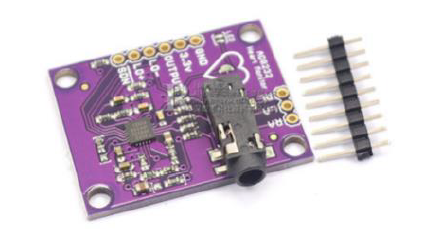
The AD8232 is an integrated signal conditioning block for ECG and other bio-potential measurement applications. It is designed to extract, amplify, and filter small bio-potential signals in the presence of noisy conditions, such as those created by motion or remote electrode placement. This design allows for an ultra-low power analog-to-digital converter (ADC) or an embedded micro-controller to acquire the output signal easily.
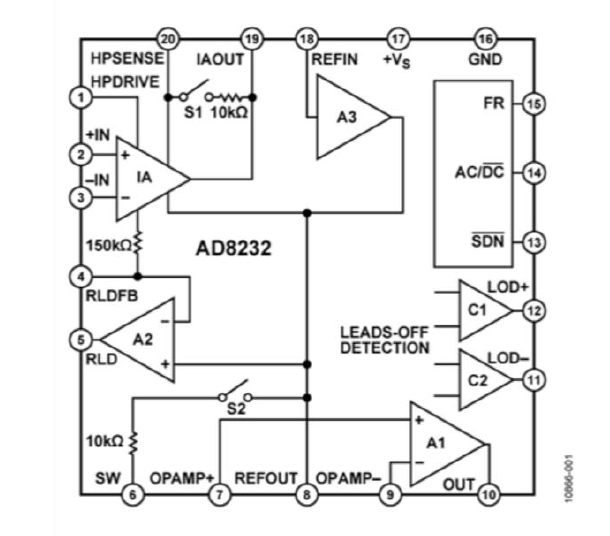
Bluetooth
A Bluetooth module and a development board are basically what we need to create a wireless communication channel with a robot. Since Arduino is the most used board to send and receive data over Bluetooth, comparing it to the HC-06 module which can only be set as a Slave module, the HC-05 can be set as Master as well to communicate between Arduino Board and PC. The HC-05 module is a Bluetooth SPP (Serial Port Protocol) module, which means it communicates with the Arduino via the Serial Communication.
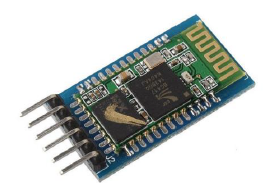
Battery
In order to make the size of the health monitoring device smaller, button cell battery will be used.
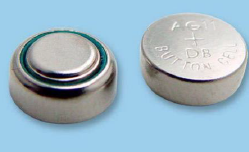
System Result
System Research point
- Synchronize the signals
- Analyze the difference between different kinds of sensor, like electrode type and patch type

